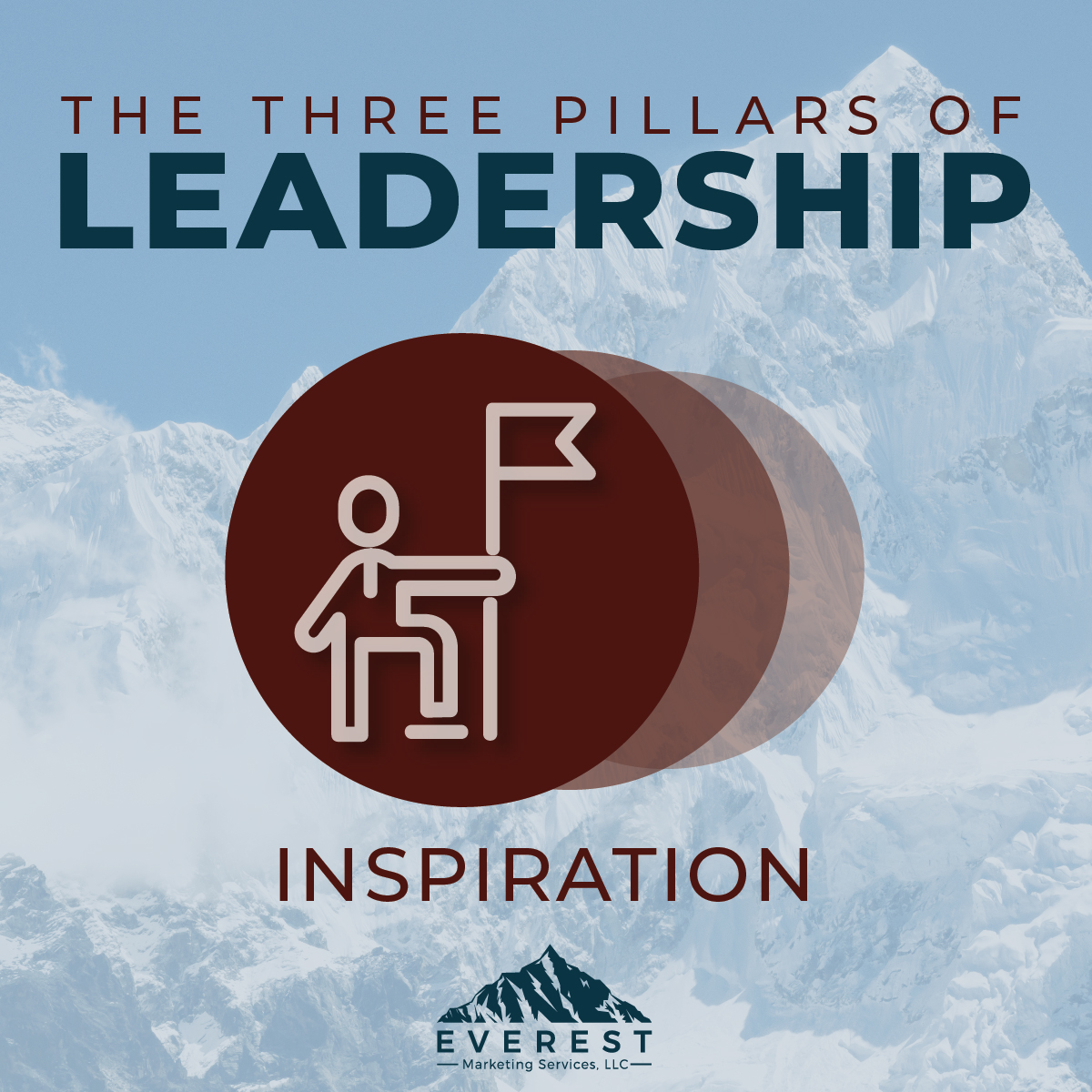Every first step is essential.
- Neil Armstrong was the first person to walk on the moon.
- Yuri Gagarin was the first person to journey into outer space.
- Roald Amundsen was the first person to reach the South Pole.
- Sir Edmund Hillary and Tenzing Norgay did the first confirmed ascent of Mount Everest
- Marie Curie, a pioneer in radioactivity, was the first woman to win a Nobel Prize.
- Orville and Wilbur Wright were inventors, builders, and pilots of the first successful motor-operated airplane.
- Wilma Rudolph overcame polio to become an Olympic champion in sprinting.
- Toddlers love taking that first step.
- Teenagers cross an important threshold when driving for the first time.
- Brides and grooms launch an entirely new path when taking marriage vows.
With those trendsetters in mind, let’s kick off 2024 with fresh information, perspective, and applications about professional service leadership. Craig Park and I wrote The Architecture of Vision: Leadership in Your Professional Practice to provoke thought and conversation to help professionals become better leaders.
Leadership starts with inspiration.
“While personal achievements may have been their earlier benchmark for success, leadership demands the ability to inspire, guide, and leverage the strengths of the entire team.” And we go on, “Grasping the nuances of group dynamics, managing conflicts, and driving collective goals become paramount.”
“Learning more about leadership traits equips aspiring leaders with the tools and insights to navigate these challenges.”
“Effective, inspirational leadership creates a positive work culture that encourages innovation and fosters employee integrity.”
Looking at Maslow’s hierarchy of needs, we know that physiological needs are essential, and then safety, love and belonging, esteem, and self-actualization follow. An effective leader leans into the needs of their followers and sees how these needs are met in the workplace, which is part of an inspirational leader’s regular practice.
“Inspirational leaders who prioritize innovation and integrity create an environment where employees feel empowered to develop new and creative solutions while staying true to the organization’s values and principles. They encourage people to take calculated risks, learn from their failures, and continuously improve their work.”
Leadership sometimes seems like the pinnacle of success. Experienced climbers know the trail isn’t always straight and sometimes there are false summits that slow down the trip. Instead of focused on the end, using a “Learn | Do | Master | Teach” approach sets professionals up for all types of experiences that build their leadership skills and insights.





